24+ Sample Genogram Templates & Symbols
-
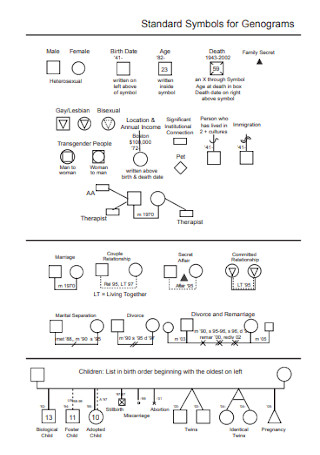
Standard Symbols for Genogram Template
download now -
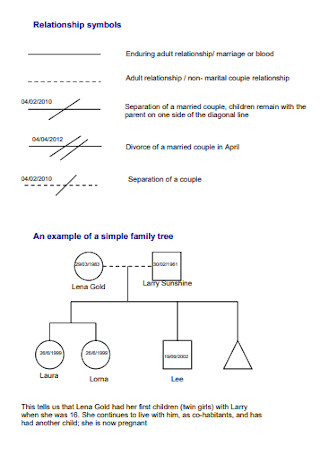
Genograms Relationship Symbols
download now -
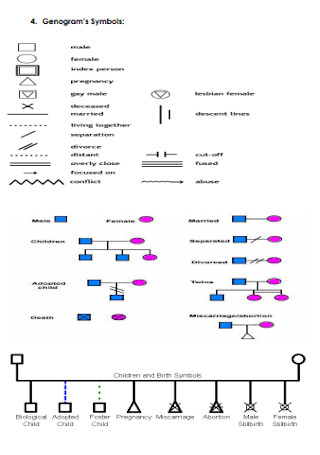
Sample Genogram’s Symbols
download now -
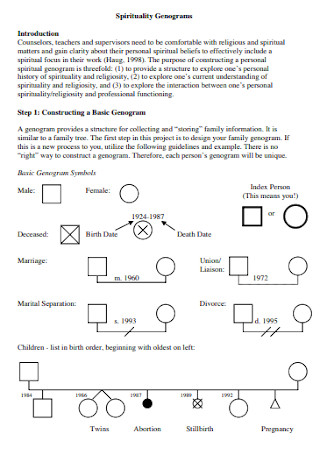
Spirituality Genograms
download now -

Basic Genogram Template
download now -
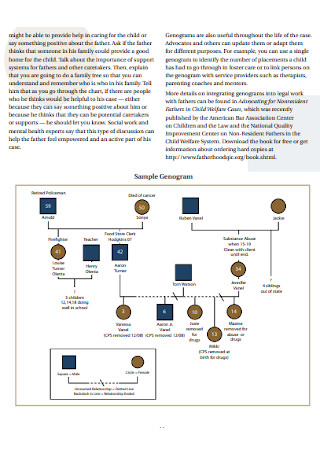
Sample Genogram Family Symbols
download now -
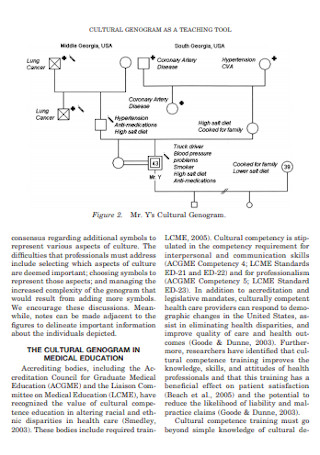
Cultural Genogram Template
download now -
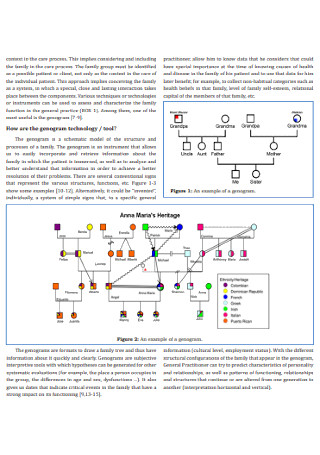
Family Genogram in General Medicine Template
download now -
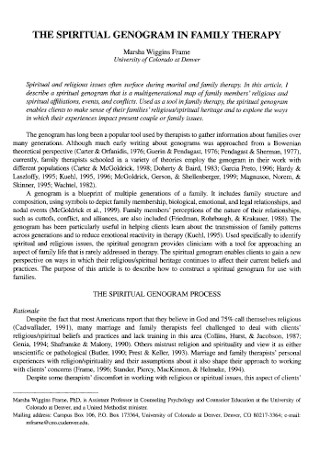
Genogram in Family Therapy Template
download now -
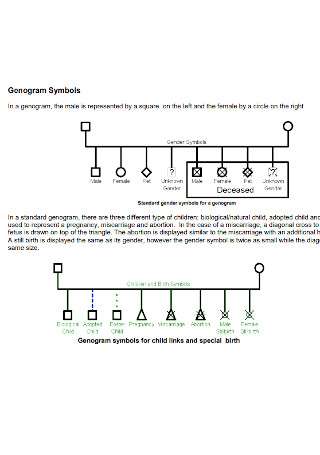
Simple Genogram Symbols Template
download now -

Formal Genograms Template
download now -
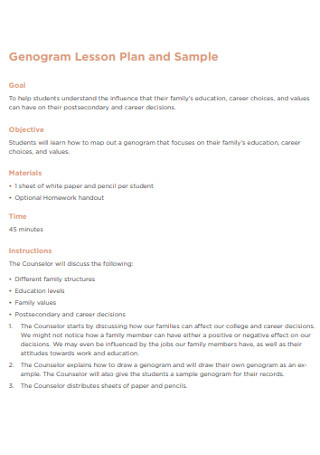
Sample Genogram Lesson Plan
download now -
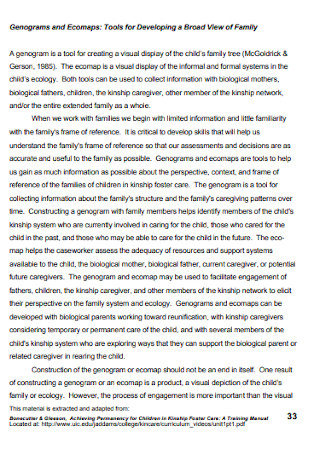
Genograms and Ecomaps Template
download now -
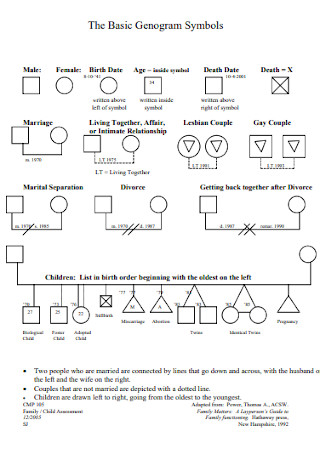
Basic Genogram Symbols Template
download now -

Genogram symbol Sheet Template
download now -

Simple Genograms Template
download now -
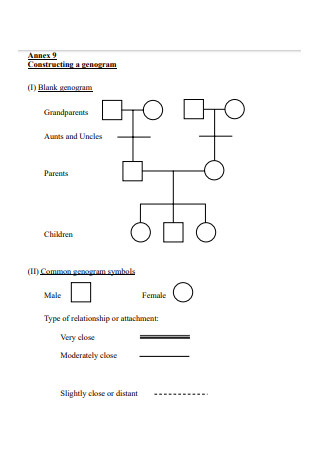
Constructing a Genogram Template
download now -
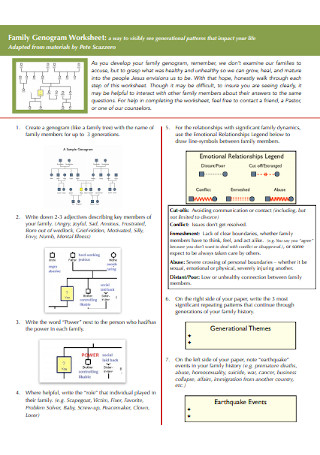
Family Genogram Worksheet
download now -
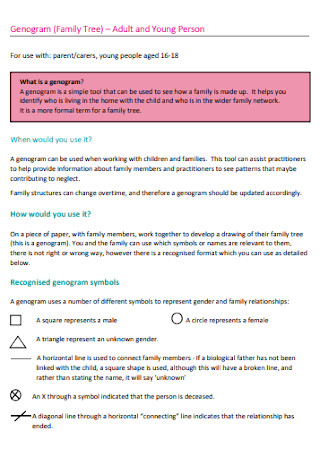
Genogram Family Tree Template
download now -
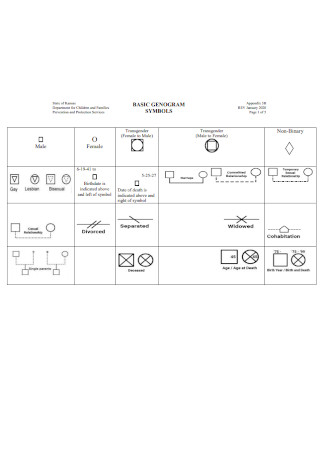
Basic Genogram Symbol Example
download now -

Printable Genogram Template
download now -
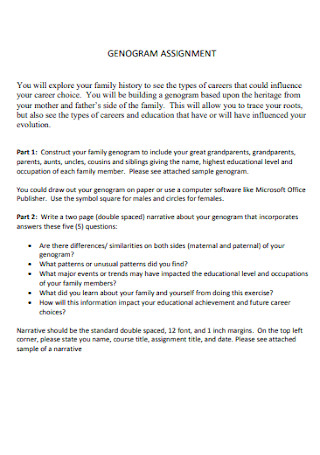
Genogram Assignment Template
download now -

Family Genogram for Beginners
download now -
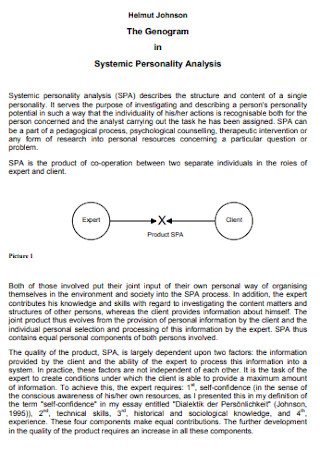
Genogram in Systemic Personality Analysis Template
download now -
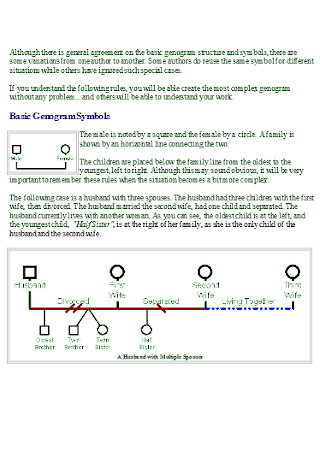
Basic Genogram Symbols Example
download now
Genogram: What Is It and What Purpose Does It Serve?
A family tree and a genogram may be synonymous, but there is a significant difference between the two. While a family tree depicts an individual’s familial relationships alone, a genogram includes vital information about a bloodline aside from the names. More than just a representation of a family’s relationships with each other, a genogram may highlight their medical history, which covers facts about hereditary patterns and psychological tendencies passed from one generation to another. Genograms are useful when assessing the risks of a family when it comes to medical conditions. Moreover, professionals make use of it for research, counseling, and therapy. It helps them gain substantial knowledge and understand the reason behind an individual’s current state based on their family history.
The Branches and Leaves of a Genealogical Tree
Unlike a family tree wherein you can use various shapes and illustrations to your heart’s content, a genogram makes use of symbols which represent different meanings. These symbols help make the design easily understandable on the part of the viewer. Different shapes and the lines that interconnect them will ultimately result in a comprehensive and informative genogram. Listed below are the symbols used when creating a genogram.
Various Types of Family Structures
The family is the most important primary group in society. Since the home is where most children spent their first moments in life, the family is the one who molds them into who they are right now. That is why it plays a crucial role in society as a whole. When we talk about family structures, we mostly think of a father and a mother with their children. However, that is only of the many types of family structure. In this section, we will discuss the different family structures in society.
Nuclear Family
The nuclear family is the most common structure in society. In this traditional arrangement, two parents raise their children alone. These children may be biological or adopted. In this case, both parents take care of their children. They should also set a positive example to create a good family environment. One of the strengths of this structure is that children will most likely acquire quality education and good health condition as they grow up. In addition, there will be a stronger communication between the parents and the children. On the other hand, too much attention given by the parents to their child may make them self-centered.
Single Parent Family
In this family structure, the parent may be unmarried, divorced, or widowed. As the name suggests, the parent will have to raise his or her children alone. The advantages of this type of structure include the strengthening of the bond among the family members, the sharing of household chores, and the increasing independence of family members. However, some single-parent families struggle financially, as it may be difficult for the parent to achieve a work-life balance. Nevertheless, some relatives lend a helping hand to single-parent families in some cases.
Extended Family
Unlike the nuclear family wherein the only adults in the household are the parents, the extended family includes more than two blood-related adults at home. It may consist of cousins, aunts, uncles, and grandparents. Generally, these people work hand-in-hand to reach a unified goal. This type of family structure is common in different cultures. The pros of this arrangement include having closer family ties, children learning more about the importance of respecting the elders, and getting social support. On the downside, though, this may result in financial challenges and a lack of privacy.
How Can You Effectively Illustrate Lineage in a Genogram?
The longest existing family tree is of Confucius’ bloodline, which covers 86 generations, running for more than 2000 years. With this, the Guinness Book of World Records regarded the philosopher’s genealogical line as history’s longest family tree as of 2005. Can you imagine how many names have been recorded to complete the chart? Maybe thousands, or even millions. However, you don’t have to go as far when tracing your lineage. You can record at least three generations of your family history and create a genogram after. Here’s how:
1. Specify the Purpose of Your Genogram
The first step in creating a genogram is to specify its purpose. Note that a genogram is more than just a visual representation of the names of your family members and their descendants. It shows other important information which could be of great help for you to discover more about your physical and psychological health. Your purpose in creating a genogram could vary. It could be a way for you to trace where you inherited your traits or for you to gain information about your genetic medical history. For this reason, it is important to specify it first so that you will know what aspect to focus as you start collecting information later on.
2. Determine the Number of Generations
Aside from knowing the purpose of your genogram, you should also specify until what generation you will stop looking for information. Knowing the number of generations your genogram will cover enables you to have a clearer direction as you undergo the process. Furthermore, setting the limit allows you to know where you should begin and end in this specific project.
3. Create a List of Questions
After specifying the purpose of your genogram and determining the number of generations it will cover, it is now time for you to prepare the questions you will ask. Make sure that you bear in mind the purpose of your genogram in formulating the questions so that your efforts will not go to waste. The first on your list should be the questions leading you to basic yet essential information, such as their names, birthday, relationship status, number of children, and nationality. After this, you can let the interviewee expound more about their familial relationships or other important medical details.
4. Start Gathering Information
In gathering information, you have to start with the people who are living nearby or, ideally, your immediate family members. Then, you have to contact the ones who are living far away. Also, it would help if you list down what you already know about your lineage so that you won’t have to ask as many questions. For this task, the facts you are getting must be as detailed as possible. That is why you have to see to it that you are bringing with you the list of questions as you interview your family members and relatives.
5. Illustrate Your Data
Now that you have gathered the information you need to fill in the genogram, you can already start creating the chart. In illustrating the details, remember the standard symbols used so that it would be easier for the reader or viewer to understand the content. It would also be beneficial to include a legend of the symbols used at the bottom portion of the document. You may also make use of easily editable and printable genogram templates to complete the task more efficiently.
FAQs
How many generations should a genogram include?
There is no general rule that dictates how many generations your genogram should include. However, a basic genogram should cover at least three generations before yours. If you want to go beyond that, it is your call to include as many generations as possible.
What are the three generations in a family?
A generation refers to the members of a family who were born at almost the same time. The three generations in a family include the grandparents, the parents, and the children.
What is a medical genogram?
Unlike the traditional family tree or genogram, a medical genogram is a visual representation of a family’s medical conditions. This specific type of genogram may specify each of the family member’s cause of death, hereditary characteristics, and diseases.
Families play a significant role in our personal lives, and it has become the foundation of society. For most people, no one else knows them best, aside from their family members. However, if you want to discover more about them than what you already know, then don’t hesitate to do so. Remember that learning a piece of your family’s history equates to learning more about yourself.